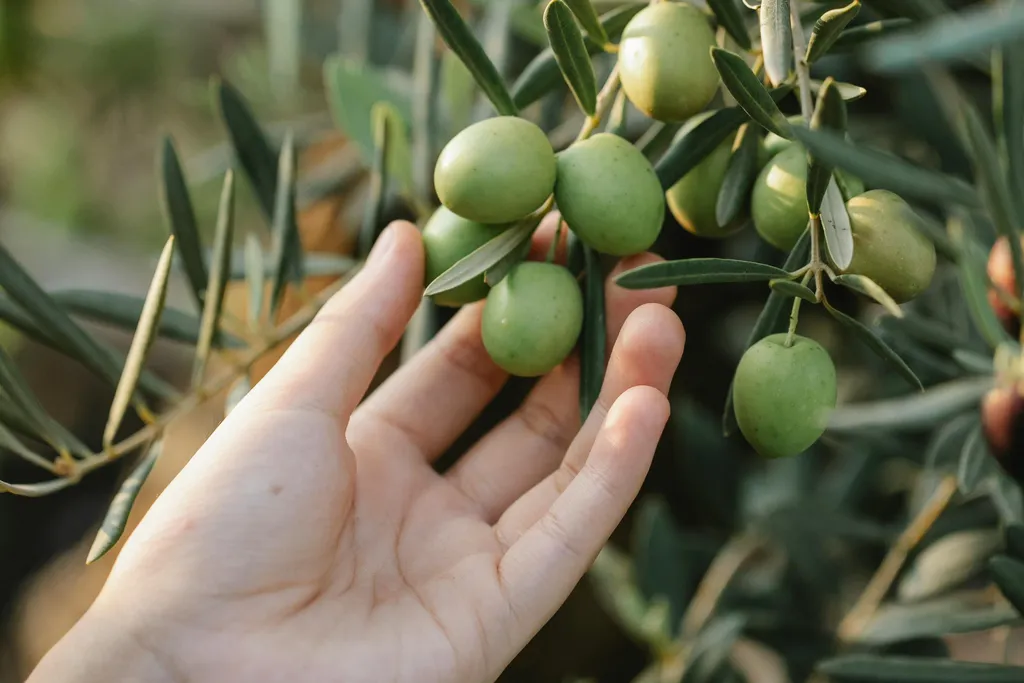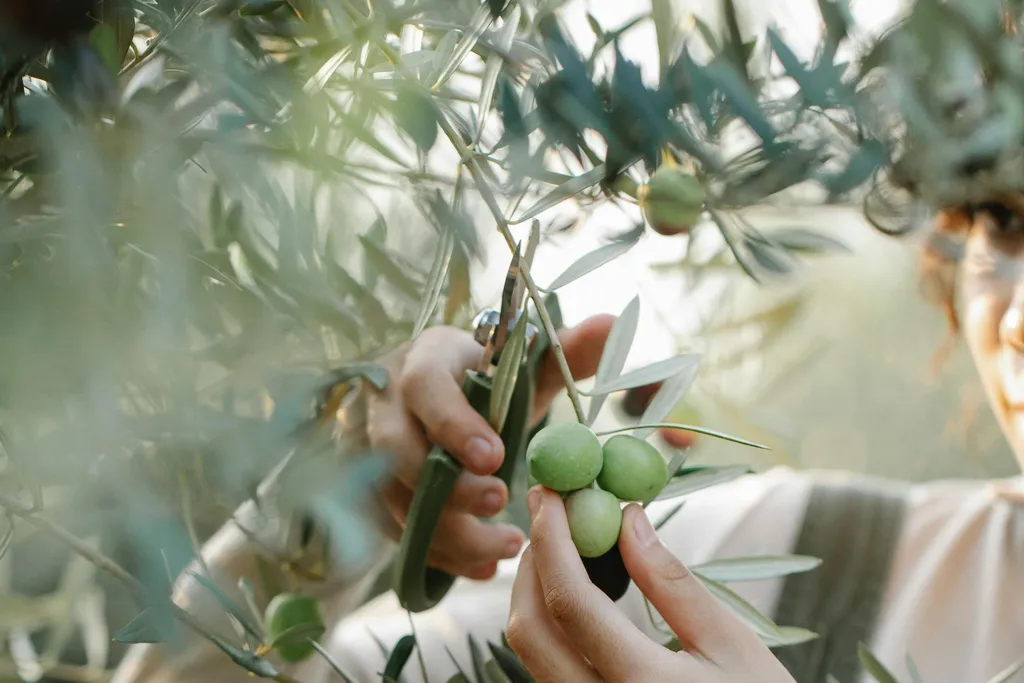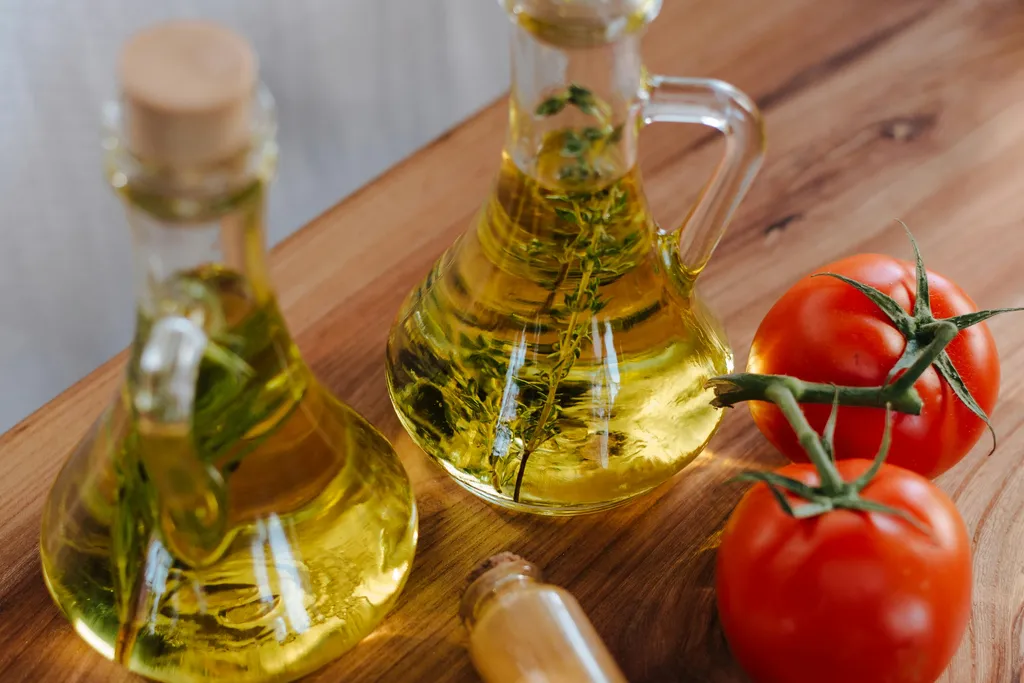What is olive pomace oil and why it matters to know? Check out this article to dive deep in the world of olive production lingo!

Supermarkets display an array of olive oil bottles labeled with terms both informative (such as extra virgin, virgin, early harvest, organic) and less meaningful (like light, pure, ultra-premium).
Among these, olive pomace oil is increasingly notable in a market where global prices reach unprecedented highs. Positioned at the lowest rank of olive oil grades, this variety is produced from the remnants of virgin and extra virgin olive oil production through the application of chemical solvents and heat.
The result of this process, crude olive pomace oil, is unsuitable for consumption and requires refining. Refined olive pomace oil is typically blended with virgin or extra virgin olive oil to create what is labeled as olive pomace oil. Even official naming conventions contribute to the complexity.
The Codex Alimentarius, an internationally recognized collection of food standards, specifies that:
- Refined olive pomace oil must be processed in a manner preserving its initial glyceridic structure and should exhibit free acidity, measured as oleic acid, below 0.3 g per 100 g (0.003 oz per 3.5 oz).
- Olive pomace oil must meet the requirement of free acidity, expressed as oleic acid, not exceeding one gram per 100 grams, or 1.0%.
The grade, often regarded as inferior in flavor and health benefits compared to virgin and extra virgin olive oil, has gained attention through emerging research highlighting advantages over certain other edible oils.
Criticism frequently arises from instances of misuse, where unscrupulous practices involve the adulteration of extra virgin olive oil with cheaply produced olive pomace oil for substantial profit.
Despite such challenges, the grade serves an important role within the olive oil industry, offering health benefits superior to some edible oils and versatile culinary applications.

Olive Pomace Production
Stage 1 – Crude Olive Pomace
Production involves extracting olive pomace oil from the wet, fatty pomace paste, a primary byproduct of the olive oil manufacturing process.
- During the production of virgin and extra virgin olive oil, olives are crushed into a thick paste and kneaded in a malaxer to aggregate oil droplets. This paste is then centrifuged to separate the oil from the remaining olive material, referred to as olive pomace paste.
- Comprising 80 to 90 percent of the milled olive mass, the olive pomace paste includes water, skin, olive pits, and residual oil. This residual oil represents five to eight percent of the total olive oil yield and is often collected by producers for further extraction and refinement.
- In cases where the paste is not processed, producers face disposal costs, as its accumulation can pose risks to soil and water quality in industrial quantities. However, small amounts can be safely spread in olive groves to degrade naturally.
- At an extraction facility, the paste undergoes drying and separation into dry fatty pomace, biomass, and steam. The fatty pomace, dried and formed into pellets, is treated with a chemical solvent, commonly hexane, which dissolves the fats while leaving solid components intact. The resulting mixture is heated to temperatures between 140°F – 194°F (60°C – 90°C) to evaporate the solvent.

Stage 2 – Refined Olive Pomace
A similar method is employed in the production of most edible oils, including canola, sunflower, and soybean oils.
This process initially yields crude olive pomace oil, which is unsuitable for consumption and requires further refinement to become refined olive pomace oil.
- Refinement begins with settling, where crude olive pomace oil is stored in tanks for at least four weeks, allowing water, sediment, impurities, and waxes to separate and settle at the bottom. These are then drained away.
- Following settling, neutralization is necessary to remove remaining undesirable substances such as free fatty acids and phosphatides. During this stage, the oil undergoes centrifugation with steam and phosphoric acid, effectively removing impurities.
- The neutralized oil is then subjected to cold filtration with water and caustic soda during the winterization phase, eliminating alcohol that could cause clouding at low temperatures. This results in a clear and visually appealing product.
- Dehydration follows, removing water introduced in earlier steps. The oil is subsequently carbon-filtered to eliminate pigments and potentially harmful compounds, including polycyclic aromatic hydrocarbons and benzopyrenes.
- Deodorization, achieved by injecting steam into a high-pressure vacuum, removes any remaining free fatty acids, odors, or flavors. A final filtration completes the refinement process.
- The refined olive pomace oil, now suitable for consumption, is typically transported to bottling facilities, where it is often blended with virgin or extra virgin olive oil to enhance its flavor and aroma.

Potential Risks in the Olive Pomace Oil Production Process
Heat is a critical factor in the production of olive pomace oil, with temperatures required to remain below 194°F (90 ºC) to avoid the formation of harmful chemicals. Failure to regulate temperature during refining can lead to the creation of polycyclic aromatic hydrocarbons (PAHs), including benzopyrene, which studies have identified as highly carcinogenic and mutagenic.
The risk of benzopyrene contamination is particularly pronounced when the solvent evaporation stage involves temperatures exceeding 572°F (300ºC). At such high temperatures, fat liquefies and drips from the olive pomace, but partial combustion during this process accelerates benzopyrene accumulation.
Benzopyrenes are highly reactive and capable of dissolving into cellular membranes, enabling entry into cells. This interaction may lead to intracellular oxidation, causing cell aging and death, or intoxication, which can mutate genetic material within the cell nucleus. In some cases, this mutation can trigger uncontrolled cell multiplication, potentially resulting in the development of cancerous tumors.
To mitigate these risks, international standards limit benzopyrene levels in olive pomace oil. The European Union and International Olive Council have set a maximum threshold of two parts per billion (two micrograms per kilogram), as established in Resolution RES-1/93-IV/05 Madrid in November 2005.
Health Benefits of Olive Pomace Oil
When produced under proper conditions, olive pomace oil offers health benefits compared to many commonly used edible oils.
Although the refining process significantly reduces the phenolic compounds responsible for the renowned health advantages of extra virgin olive oil, research continues to demonstrate notable benefits associated with olive pomace oil consumption.
Approximately 75 percent of olive pomace oil consists of monounsaturated fatty acids, similar to virgin and extra virgin olive oil. These fats are widely recognized for their role in promoting cardiovascular health and supporting overall wellness.

Fats play a vital role in the absorption of vitamins and minerals, the construction of cell membranes, and supporting essential processes like blood clotting, muscle movement, and inflammation.
Research highlights the benefits of monounsaturated fats in reducing LDL cholesterol, commonly referred to as “bad cholesterol,” thereby lowering the risk of heart disease and stroke.
Olive pomace oil contains up to 85 percent monounsaturated fatty acids, primarily oleic acid, an omega-9 fatty acid. Extensive studies have linked oleic acid consumption to the prevention of various conditions, including cardiovascular and autoimmune diseases, metabolic disorders, skin damage, and certain cancers.
A four-year study conducted in 2022 by the Institute of Food Science and Technology and Nutrition in Spain concluded that olive pomace oil consumption improved cardiometabolic risk biomarkers in both healthy individuals and those with high cholesterol levels.
Studies have shown that olive pomace oil consumption leads to reductions in cholesterol levels, waist circumference, and lipid oxidation.
Positive effects on insulin resistance and sensitivity were also observed, indicating a potential role in lowering the risk of type 2 diabetes.
Although fewer polyphenols are retained in olive pomace oil compared to extra virgin olive oil, its consumption still offers advantages as a healthier alternative to many other edible oils.
Culinary Applications of Olive Pomace Oil
The neutral flavor, high smoke point (240 ºC), associated health benefits, and affordability compared to virgin or extra virgin olive oil make olive pomace oil a versatile option for various culinary uses.
Research from Spain’s Instituto de la Grasa, or Fat Institute, highlighted its value in baked goods. Substituting sunflower oil with olive pomace oil in traditional cupcake and torta recipes preserved flavor, extended shelf life, and enhanced the nutritional profile of the final products.

A study conducted by the Institute of Food Science and Technology and Nutrition demonstrated that margarine made from olive pomace oil serves as an effective alternative to butter in puff pastry recipes, including vol-au-vents, croissants, crodots, and palmiers.
Pastries prepared with olive pomace oil-based margarine contained 25 to 37 percent less saturated fat compared to those made with butter. Sensory evaluations revealed no significant differences in flavor, with only minimal variations in texture noted by panelists.
In addition to baking, olive pomace oil is a suitable option for deep frying. Compared to common deep frying oils, olive pomace oil offers health advantages, transferring some beneficial properties to fried foods. While less nutritious than virgin or extra virgin olive oil, it remains a more affordable alternative for high-temperature cooking.
A study published in 2021 by researchers from the Instituto de la Grasa highlighted the benefits of frying food in olive pomace oil, noting improvements in the fatty acid profile and enrichment with antioxidant compounds compared to other edible oils.
Post-frying analysis indicated that polar compound levels, linked to adverse health effects, were 25 percent lower than the maximum allowed by Spanish regulations.
Additional research conducted by the Food and Nutrition Science and Technology Institute demonstrated the superior performance of olive pomace oil compared to sunflower and high oleic sunflower oil for deep frying potatoes.
The high content of oleic acid and bioactive compounds, such as squalene and beta-sitosterol, contributed to greater stability of olive pomace oil for prolonged frying in both domestic and commercial settings. Tasters rated the flavor, texture, and appearance of foods fried in olive pomace oil as superior to those fried in sunflower and high oleic sunflower oils.